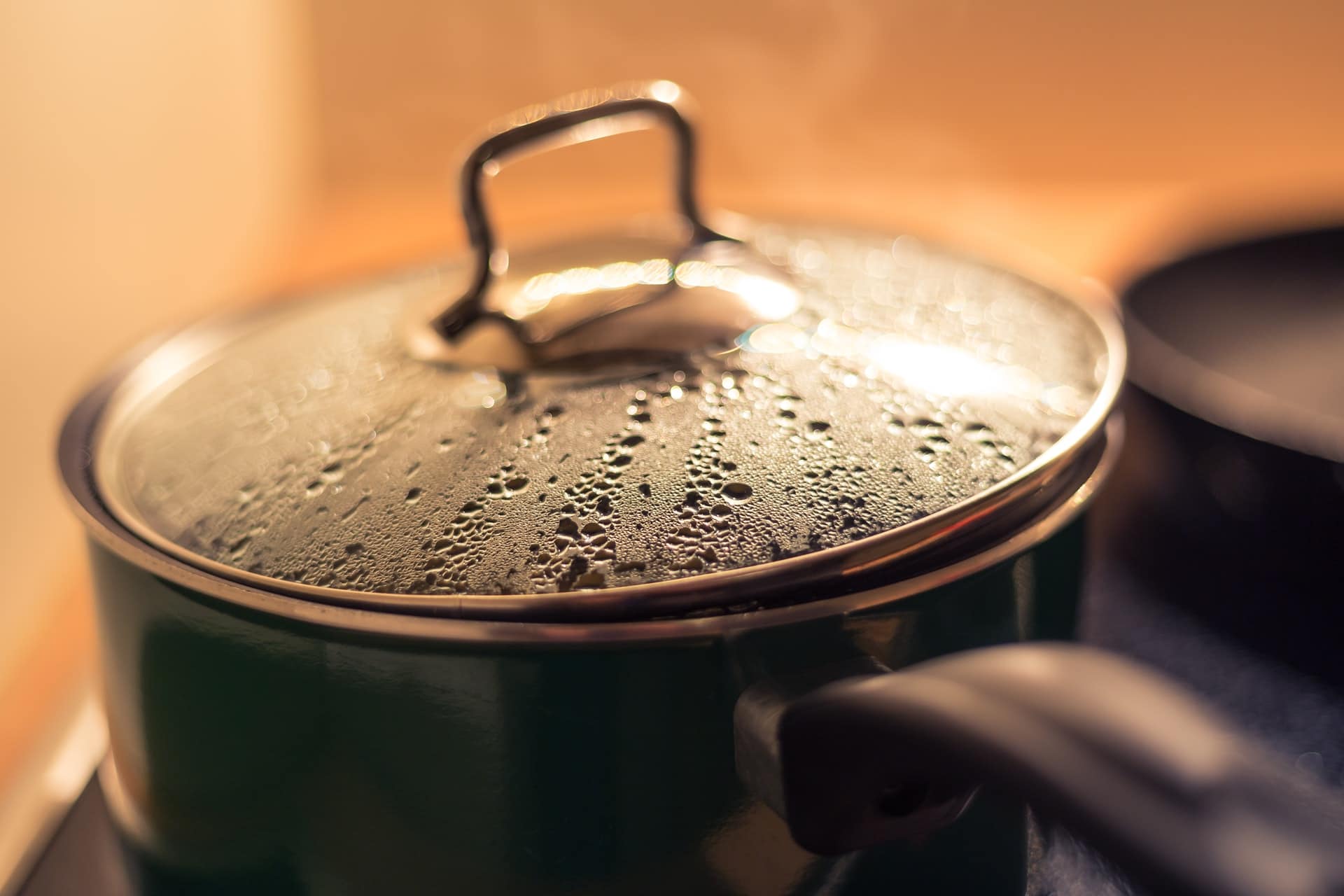Boiling chicken thighs is one of the easiest ways to cook chicken. Who wouldn’t be delighted with a method that doesn’t require constant monitoring and yields an excellent broth afterward? Boiling chicken thighs is a great way to create a broth that can be used for various other recipes, including great sauces.
How Long to Boil Boneless Chicken Thighs for Soup?
How to boil boneless chicken thighs?
Boiling boneless chicken thighs may require boiling for a couple of minutes to almost an hour. The USDA recommends boiling four to eight ounces of chicken legs or thigs for at least forty minutes to a total of fifty minutes. This is for simmering. If you are interested in getting as much flavor out of your chicken thighs as possible, it’s best to simmer it for a longer period rather than boil it hard.
The reason for this is that the longer the meat and bones are soaked in hot water, the more flavors and protein molecules you are going to extract from the meat. This is super helpful for people who want to create a superior soup stock.
Soup stock is supposed to have a deep and continuous flavor, and the more you simmer the meat in the water, the better the soup will be overall when you complete the seasonings and ingredients.
Can you boil chicken thighs from a frozen state?
There’s nothing wrong with boiling frozen chicken, but it will take longer than usual because it has to thaw out first in the water before it starts to cook inside. The USDA further recommends that you cook the chicken to a safe minimum internal temperature of 165 ºF or at least 73.88 ºC.
When you’re cooking chicken, always make it a point to use the proper meat thermometer to measure the chicken’s internal temperature. When measuring the temperature of any meat, always make sure to insert the probe into the meat’s thickest area.
The dense areas are usually at risk of being undercooked. If you measure the internal temperature of a populated area and it ends up having a good internal temperature, then the entire meat is already likely cooked.
When measuring the temperature of any meat, keep in mind that you need to keep the probe from touching any bone. We want to get an accurate reading each time, and the temperature of the bone tends to be lower than the surrounding muscle tissue.
How long does it take to boil chicken thighs for soup?
As we have explained earlier, you can boil or simmer chicken thighs to extract a lot of flavor from the bones and the meat. Whenever possible, use chicken thighs with the bones intact so you can get more flavor from them.
While the meat is fine, it’s the bone marrow that adds that poultry dimension to the broth. The same applies if you are using legs or wings for your broth or poached chicken recipe. If you aim for deeper flavors, we recommend adding more chicken parts with bone-in to enhance the flavor.
Chicken Preparation Tips
- As with anything else related to food preparation, safety is paramount. The USDA recommends that people store chicken below 40 ºF or 4 ºC. The reason for this is that bacteria tend to grow at temperatures above this threshold easily.
It’s important to keep all meats at lower temperatures to reduce the chances of foodborne illness. Take note that freezing does not take care of human pathogens. The cold doesn’t exactly kill viruses and bacteria. However, thorough cooking will do the job, so cooking meat properly is important. - There is a risk of cross-contamination if you are handling different kinds of raw products at once. Always keep your meats in separate containers in the freezer and avoid getting any of their juices mixed up even if you are going to freeze them in the first place.
Raw poultry is notorious for having a lot of bacteria. This means you should not chop vegetables and fruits on the same chopping board for meat and poultry.
This applies most, especially if you like preparing salads and other dishes that require uncooked vegetables or fresh fruit. Even when a chopping board is dry, there may still be lingering bacteria on the surface that can attach themselves to what you are preparing.
Bacteria need to be ingested to cause harm to the body, and unfortunately, stuff like lettuce and tomatoes can easily be cross-contaminated with bacteria. Use another chopping board to ensure that your fresh vegetables and fruits are going to be safe for consumption later on. - What about rinsing or washing chicken? Through studies, the USDA discovered that washing or rinsing chicken doesn’t help remove the bacteria. Only proper cooking can kill bacteria with certainty.
This means that when you choose to wash chicken in the sink, you’re not ensuring the safety of the meat, you are likely just spreading bacteria on other utensils, the sink, and other surfaces. To minimize the possibility of cross-contamination, we highly recommend that you cook the meat after thawing it, instead of washing it before putting it into the pot for simmering or boiling. Chicken are prewashed and frozen before being distributed, so it’s redundant to wash them if you bought them from the supermarket. - Thawing chicken and other meats are paramount to food safety. The safest way to thaw chicken is inside the refrigerator. If you have a large amount of frozen chicken, you must plan and thaw them out a day or two before cooking them. Otherwise, you may have to wait longer. After thawing, you need to cook the thawed meat. You cannot and must not refreeze thawed meat as this can cause a bacterial explosion.

